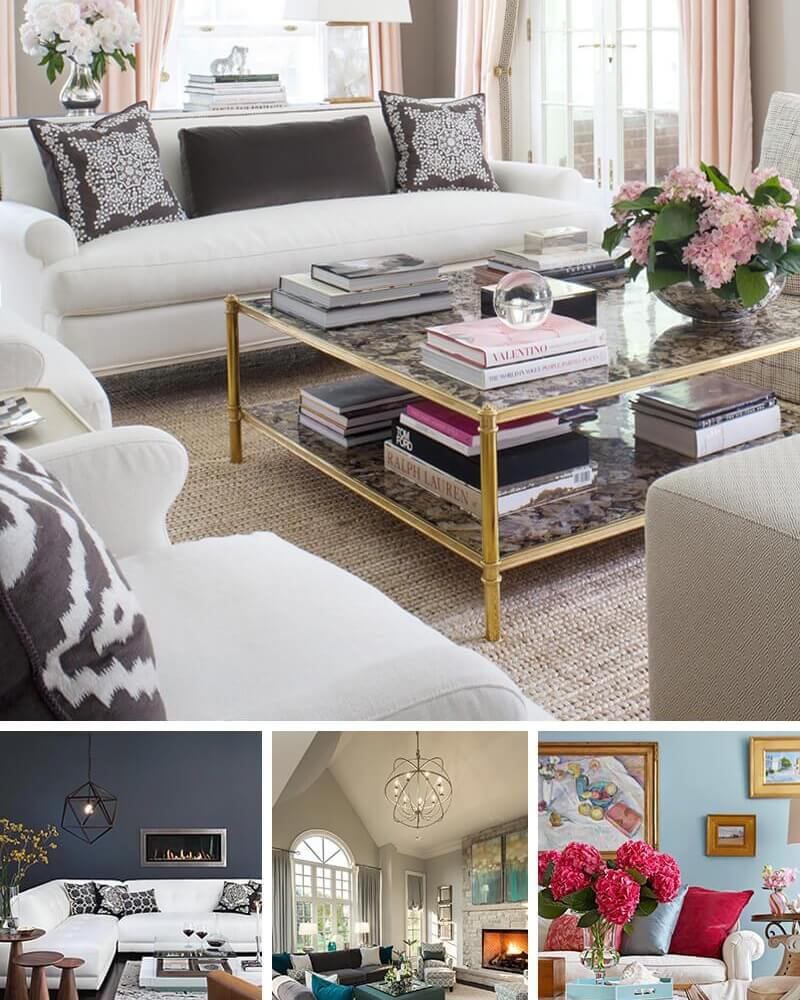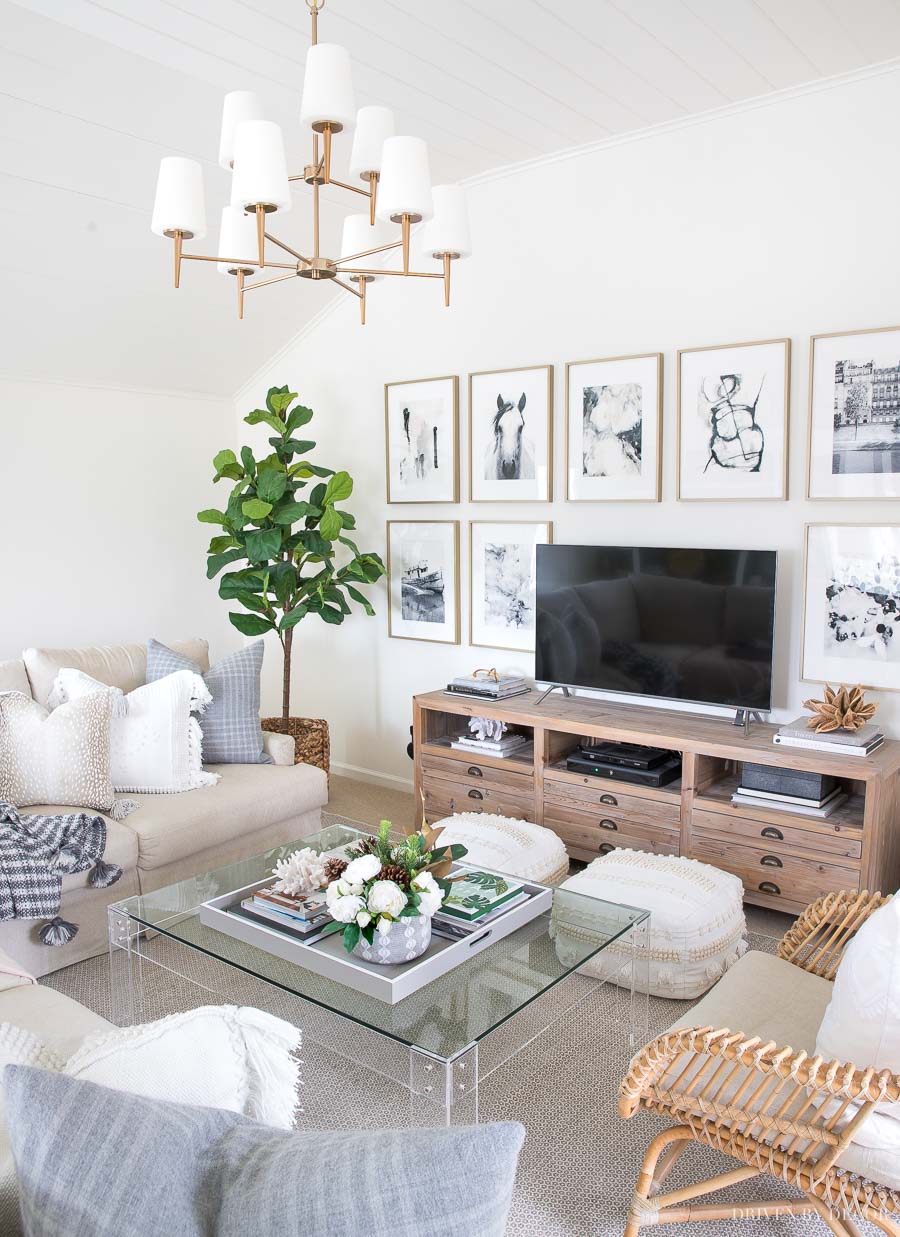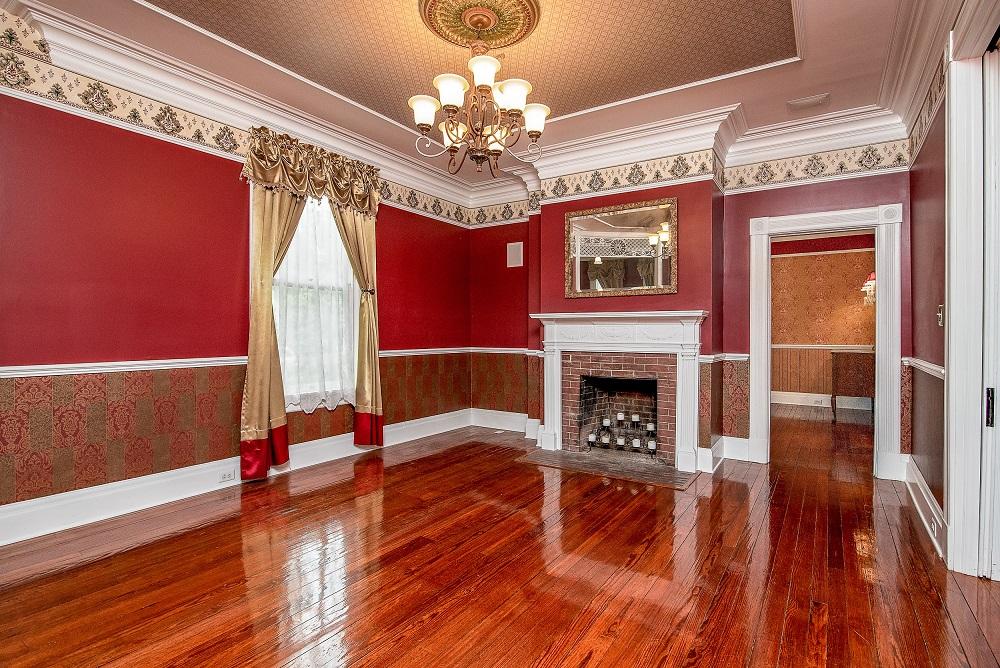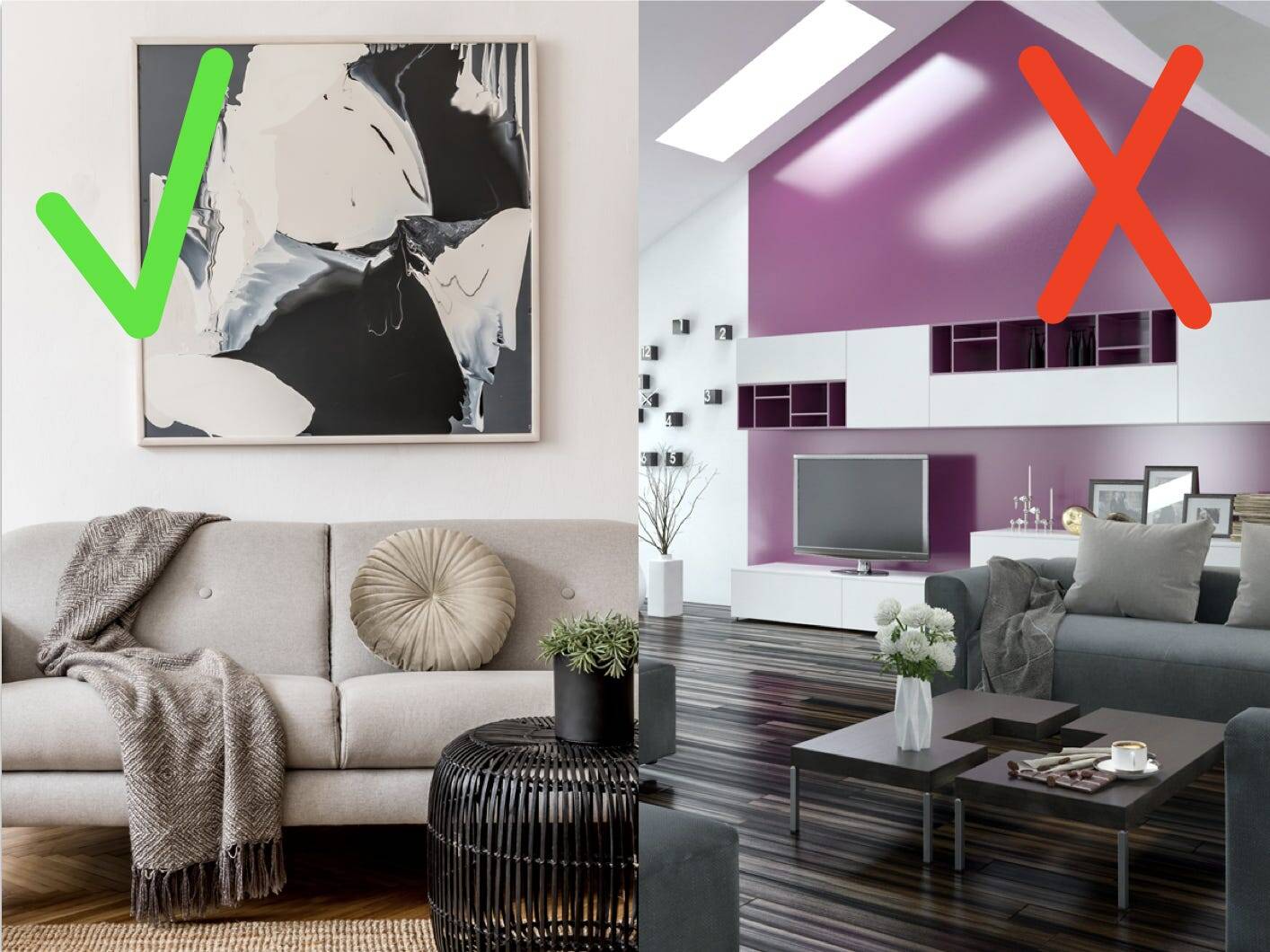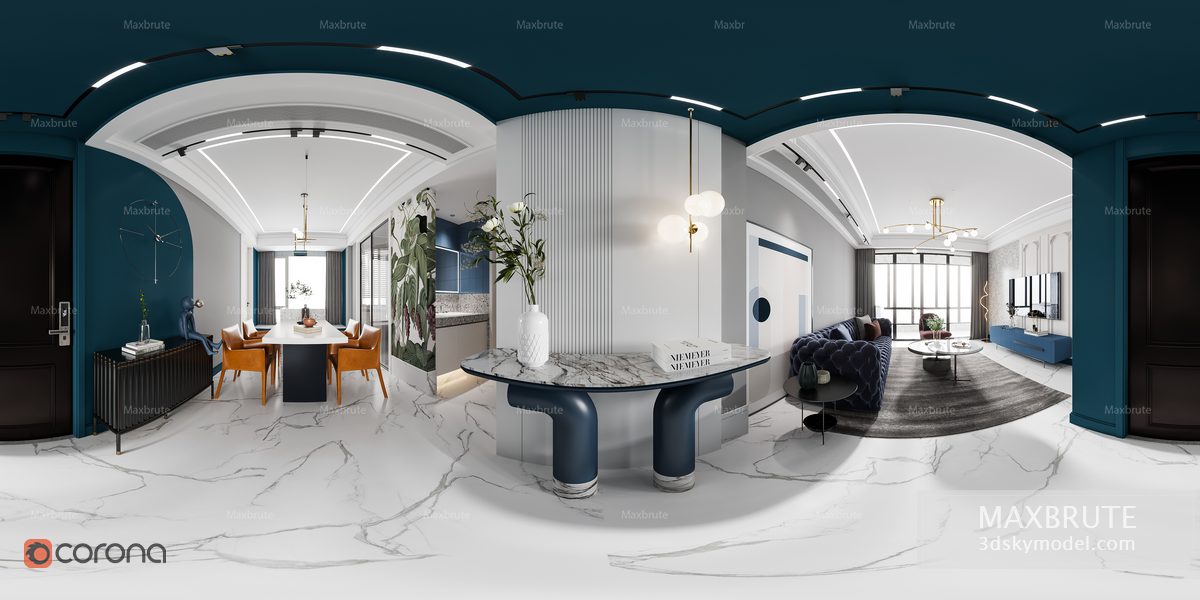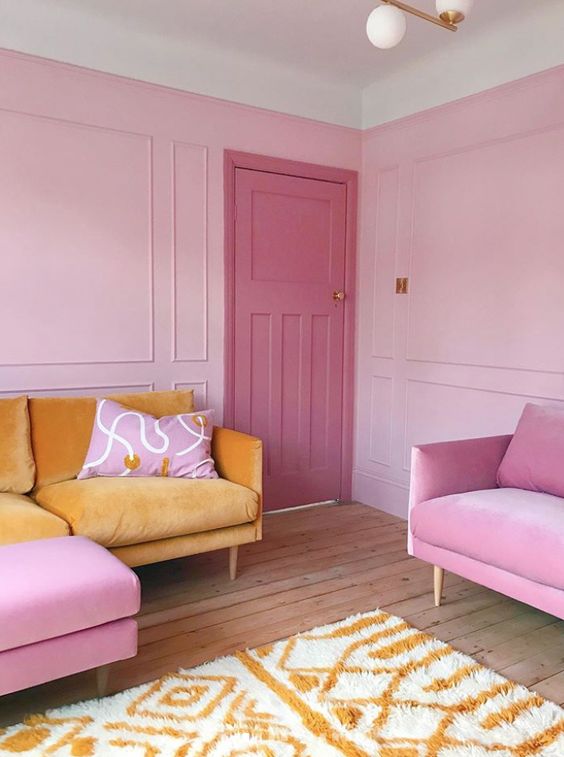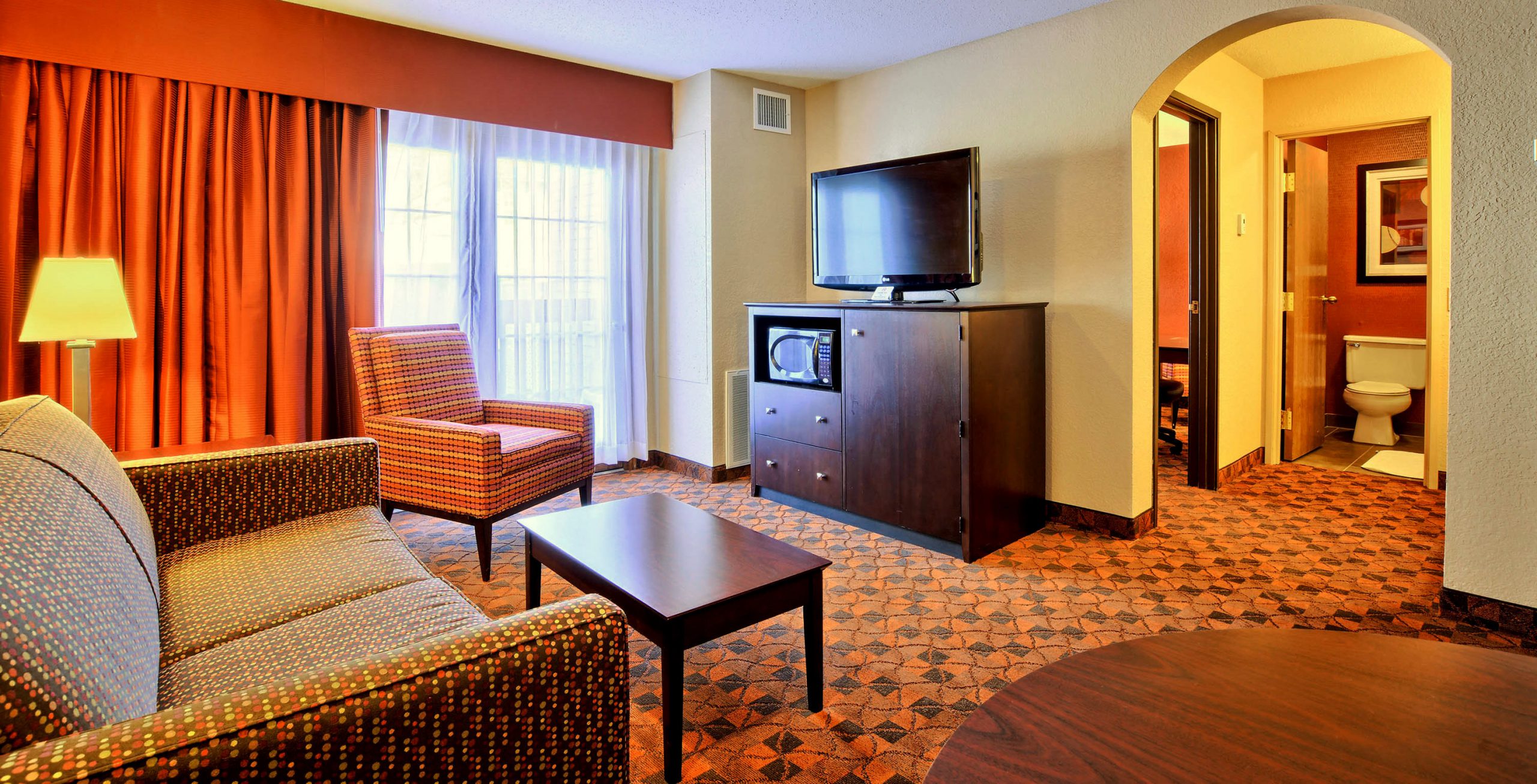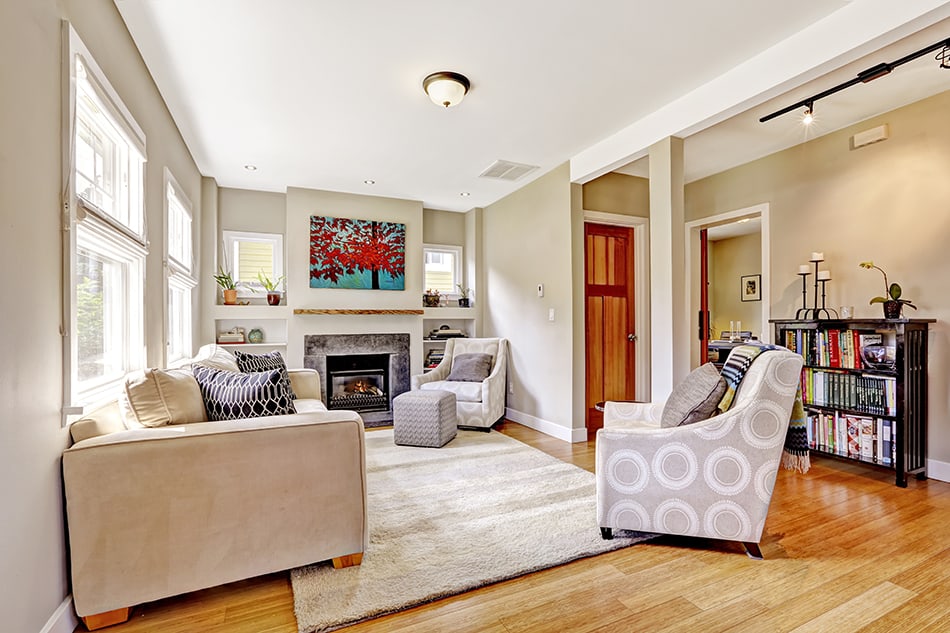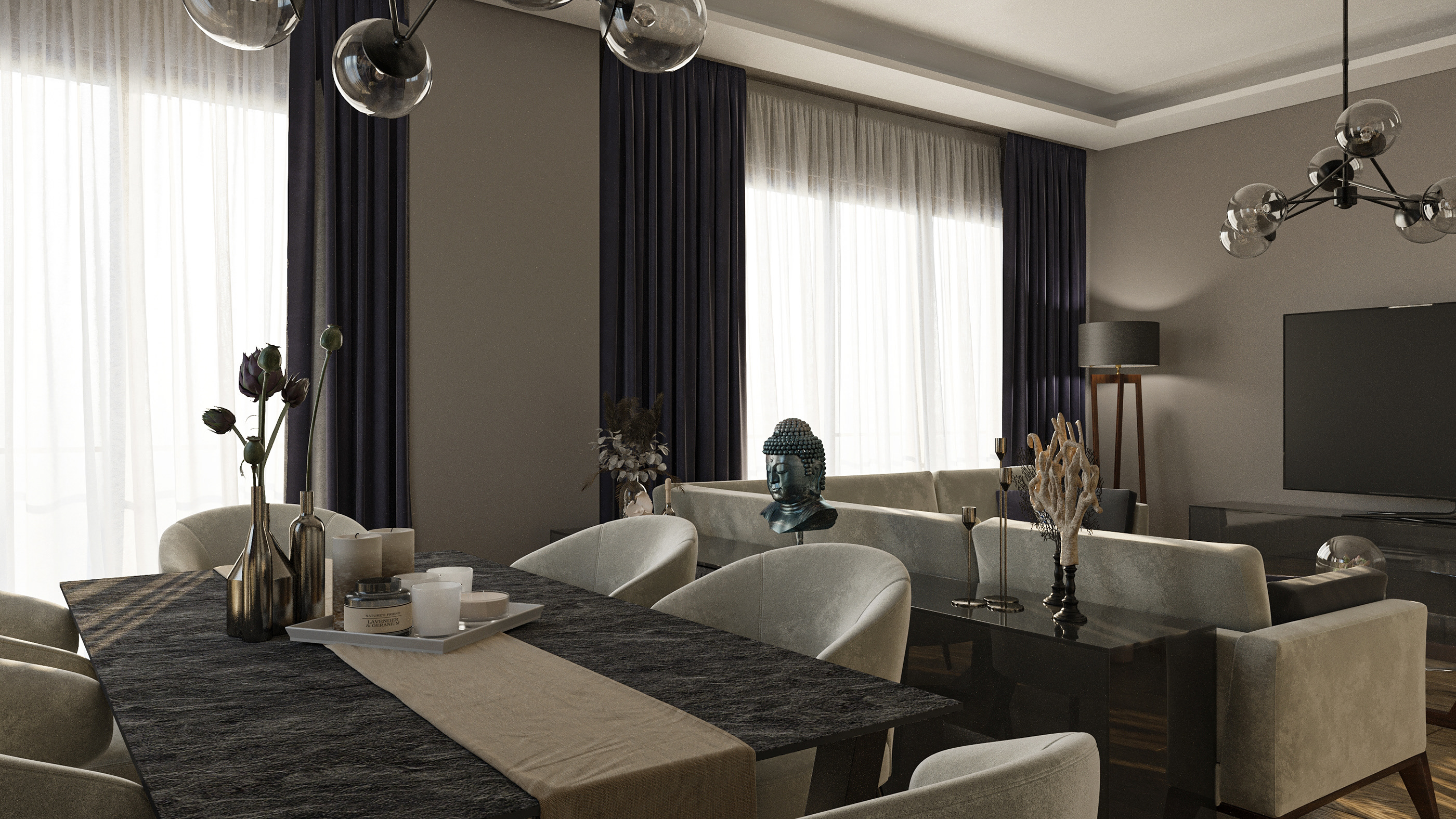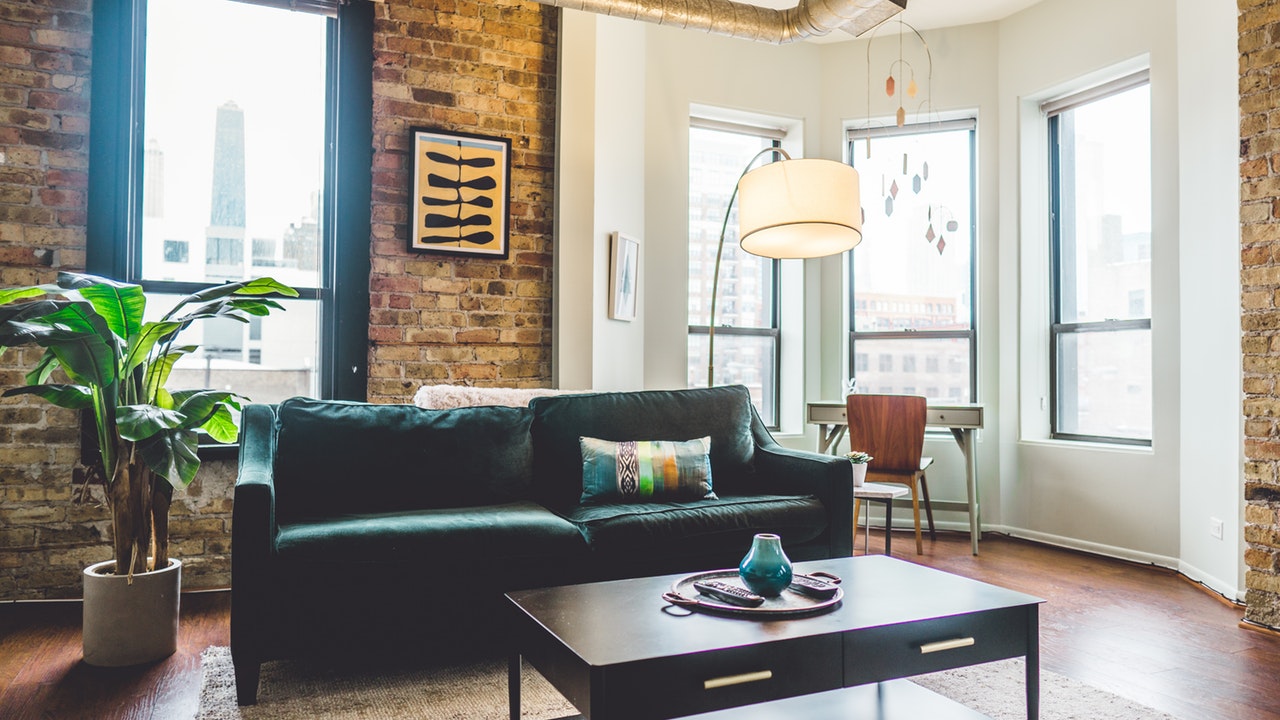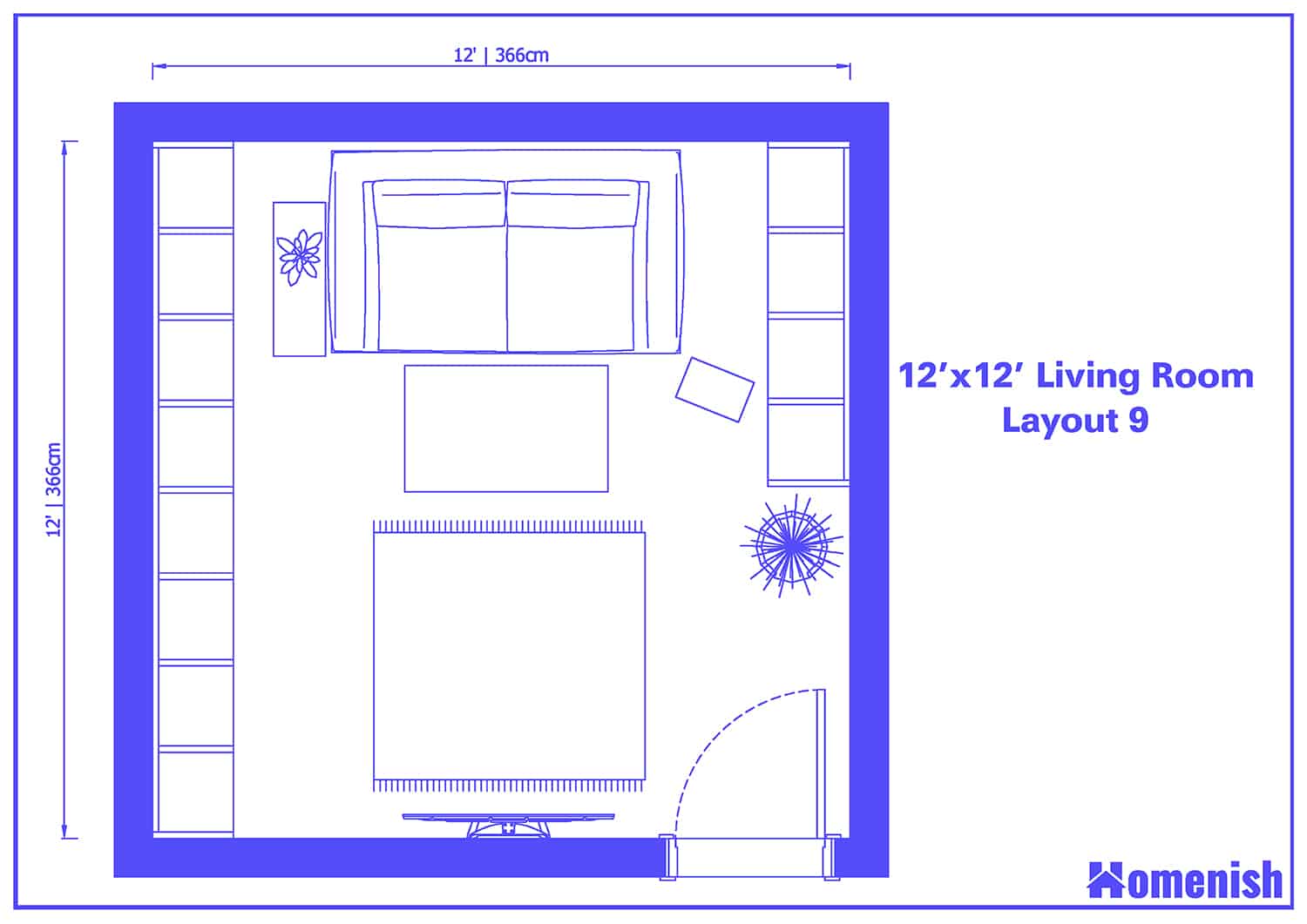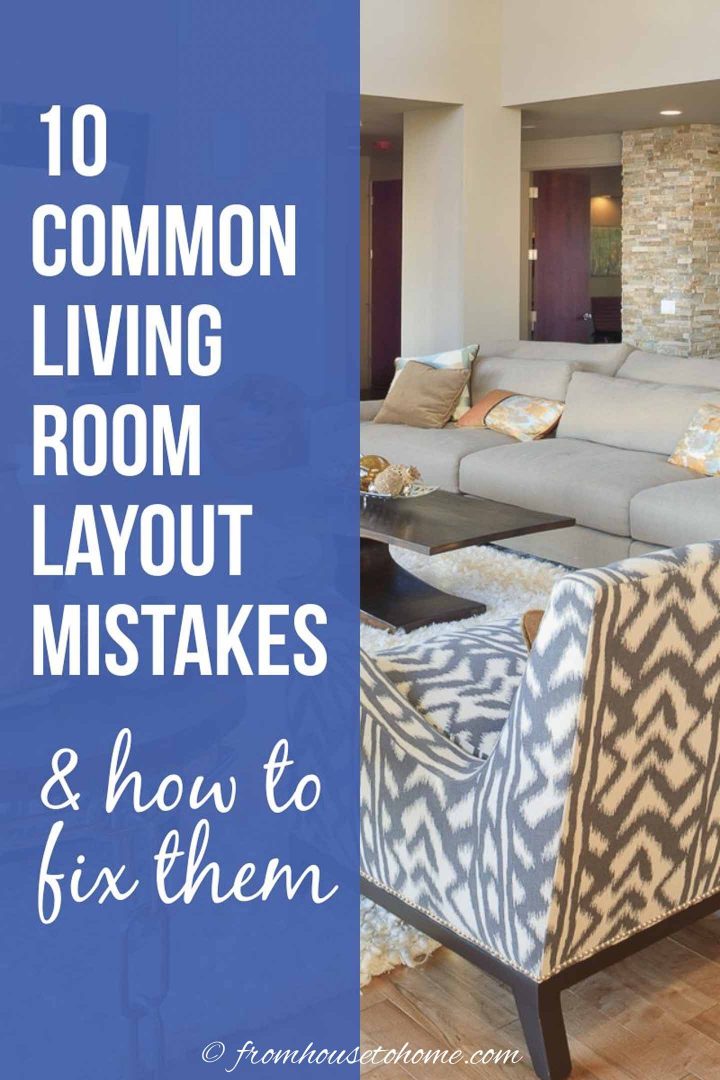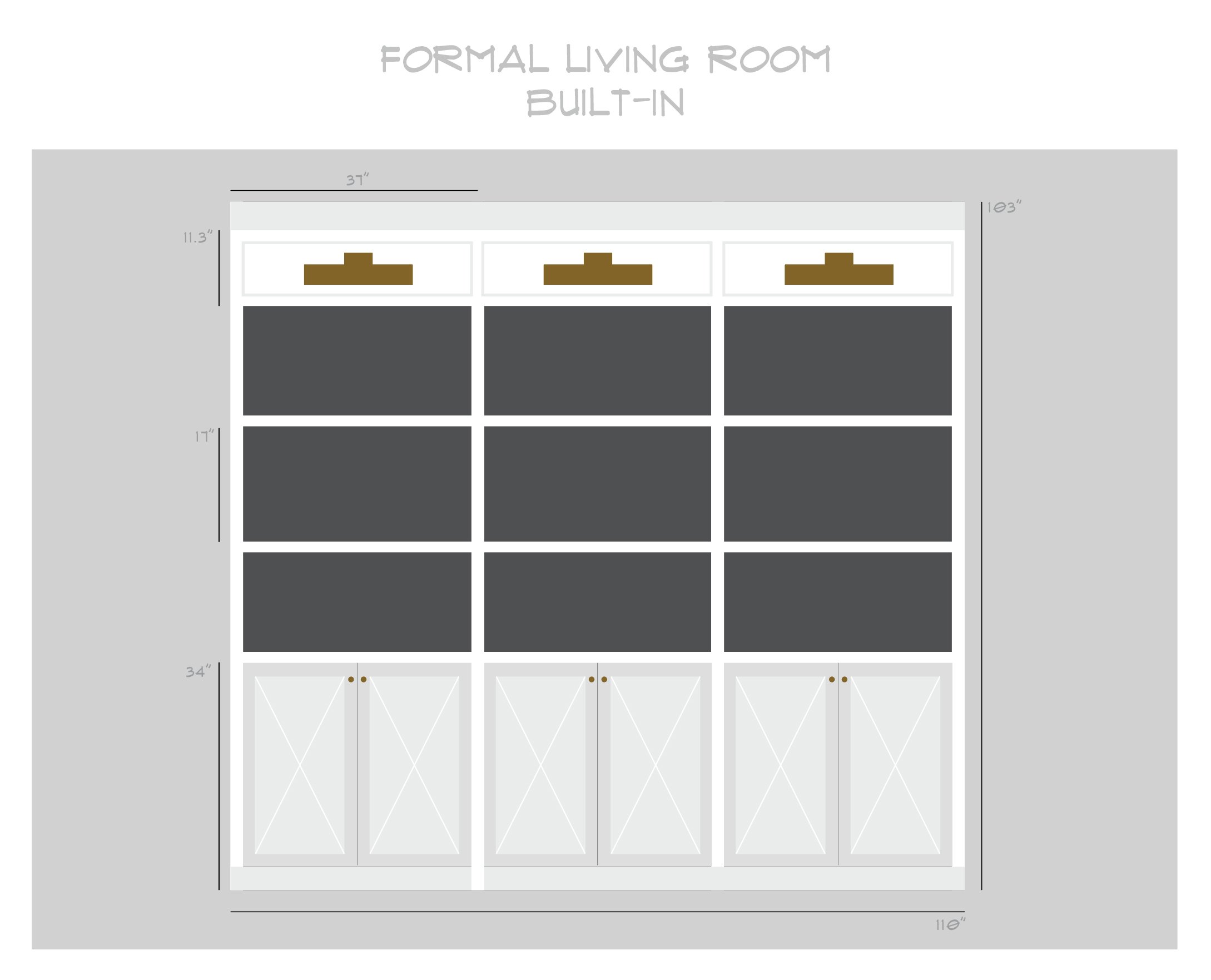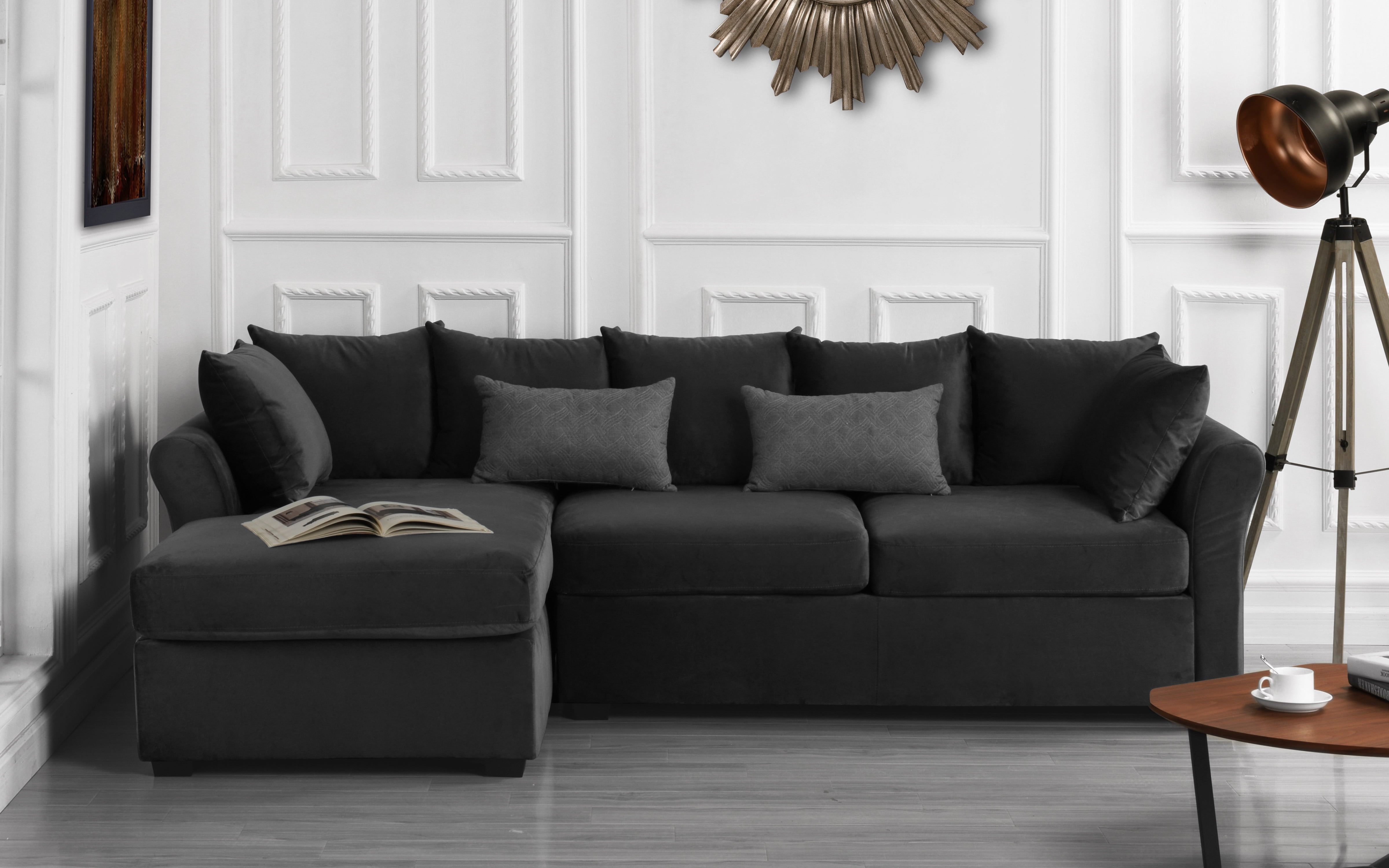The design of a living room sets the overall tone and atmosphere of the space. It is important to follow certain standards in order to create a cohesive and visually appealing design. Key design standards for a living room include choosing a focal point, balancing elements, and incorporating functional and decorative pieces. When designing a living room, it is important to choose a focal point that will draw the eye and serve as the main focus of the room. This can be a fireplace, a piece of artwork, or a statement piece of furniture. By having a central focal point, the room will feel more organized and put together. It is also important to balance the elements in a living room design. This means incorporating a mix of textures, colors, and shapes to create visual interest. For example, if you have a large, plush sofa, balance it out with a sleek and modern coffee table. This will prevent the room from feeling too one-dimensional. Lastly, it is important to incorporate both functional and decorative pieces in a living room design. Functional pieces, such as a comfortable seating area and storage solutions, are essential for a livable space. However, decorative pieces, such as wall art and decorative accessories, add personality and style to the room.1. Living Room Design Standards
The furniture in a living room not only serves a functional purpose, but it also contributes to the overall design and comfort of the space. When choosing furniture for a living room, it is important to consider the size, style, and functionality of each piece. Firstly, the size of the furniture should be proportional to the size of the room. A large, bulky sofa can overwhelm a small living room, while a small loveseat may feel lost in a large space. It is important to measure the room and choose furniture that fits comfortably within the space. The style of the furniture should also complement the overall design of the room. Whether you prefer a modern, sleek look or a cozy, traditional feel, it is important to choose furniture that aligns with your design aesthetic. This will create a cohesive and visually pleasing space. Lastly, consider the functionality of each piece of furniture. For example, a coffee table with storage can serve as both a decorative and functional piece, while a comfortable and durable sofa is essential for a comfortable living room.2. Living Room Furniture Standards
Lighting plays a crucial role in creating a welcoming and functional living room. There are three types of lighting that should be incorporated in a living room: ambient, task, and accent lighting. Ambient lighting provides overall illumination to the room and can be achieved through ceiling lights, chandeliers, or wall sconces. Task lighting, such as table lamps or floor lamps, provides focused lighting for specific tasks such as reading or working on a laptop. Accent lighting, such as recessed lights or picture lights, highlights specific features or decor in the room. It is important to have a combination of these lighting types in order to create a well-lit and inviting living room. Additionally, consider the placement and brightness of the lights to ensure a comfortable and functional space.3. Living Room Lighting Standards
The size of a living room will greatly influence the layout and design of the space. While there is no one standard size for a living room, there are general guidelines that can help determine the appropriate size for your specific living room. The average size of a living room in a single-family home is typically between 200 to 400 square feet. However, this can vary depending on the size of your home and personal preferences. It is important to consider the available space and how you plan on using the living room when determining the size. For example, if you plan on using the living room as a multi-functional space for entertaining and relaxation, you may need a larger space. On the other hand, if the living room will primarily be used for lounging and watching TV, a smaller space may suffice.4. Living Room Size Standards
The layout of a living room can greatly impact the flow and functionality of the space. When designing a living room, it is important to consider the placement of furniture, traffic flow, and focal points. A common layout for a living room is the L-shaped layout, with the sofa and chairs facing each other to create a cozy conversation area. Another popular layout is the symmetrical layout, where furniture is placed in a balanced and symmetrical manner around a central focal point. Whichever layout you choose, it is important to leave enough space for traffic flow and to avoid cluttering the room with too much furniture. Consider the placement of doors and windows when determining the best layout for your living room.5. Living Room Layout Standards
The color scheme of a living room can greatly influence the mood and atmosphere of the space. When choosing a color palette for your living room, consider the size of the room, natural lighting, and personal preferences. If you have a small living room, light and neutral colors can help make the space feel larger and more open. On the other hand, if you have a large living room, bold and dark colors can add depth and drama to the space. It is also important to consider the natural lighting in the room when choosing a color scheme. Rooms with plenty of natural light can handle darker colors, while rooms with limited natural light may benefit from lighter colors to brighten the space.6. Living Room Color Standards
The decor in a living room is a reflection of your personal style and can greatly enhance the overall design of the space. When decorating a living room, it is important to follow certain standards to create a cohesive and visually appealing look. One key standard is to mix and match different textures and materials to add visual interest. For example, pairing a plush velvet sofa with a sleek metal coffee table can create a balanced and visually appealing look. Additionally, incorporate a mix of decorative elements such as throw pillows, rugs, and wall art to add personality and style to the space.7. Living Room Decor Standards
A living room should be a comfortable and inviting space where you can relax and unwind. When designing a living room, it is important to prioritize comfort in order to create a space that is both functional and enjoyable. Key comfort standards include choosing comfortable and durable furniture, incorporating soft lighting, and adding cozy elements such as blankets and pillows. Additionally, consider the placement of furniture to ensure a comfortable flow and easy access to seating areas.8. Living Room Comfort Standards
While designing a living room, it is important to also consider safety standards in order to create a safe and secure environment for you and your family. Key safety standards include choosing furniture with rounded edges, securing heavy furniture to the wall, and keeping electrical cords and outlets out of reach of children. Additionally, consider the placement of furniture and lighting to avoid tripping hazards and install smoke detectors and carbon monoxide detectors to ensure the safety of your home.9. Living Room Safety Standards
Maintaining a living room requires regular cleaning and upkeep to keep the space looking and feeling fresh. When designing a living room, it is important to consider maintenance standards in order to create a space that is easy to clean and maintain. Key maintenance standards include choosing durable and stain-resistant materials for furniture and flooring, incorporating storage solutions to keep clutter at bay, and regularly dusting and vacuuming the space. By following maintenance standards, you can ensure that your living room remains a clean and inviting space for years to come.10. Living Room Maintenance Standards
Creating a Comfortable and Functional Living Room: The Importance of Standards

Why Standards Matter
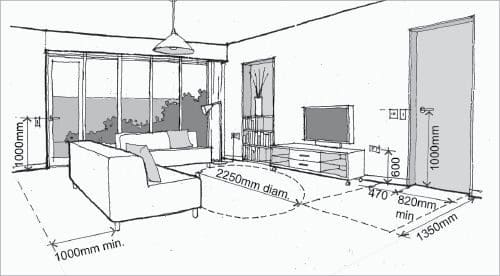 When it comes to designing a living room, having a set of standards is crucial. A living room is often the central hub of a home, where families gather to spend quality time together, and where guests are entertained. Therefore, it is essential to have a space that is both comfortable and functional. Standards help to ensure that the living room meets the needs and expectations of those who will be using it.
When it comes to designing a living room, having a set of standards is crucial. A living room is often the central hub of a home, where families gather to spend quality time together, and where guests are entertained. Therefore, it is essential to have a space that is both comfortable and functional. Standards help to ensure that the living room meets the needs and expectations of those who will be using it.
The Role of Comfort
 Comfort is a key factor in any living room design. After all, this is where people will be relaxing and unwinding after a long day. Comfortable seating, such as
plush sofas
and cozy armchairs, is a must. Soft
throws
and
pillows
can also add an extra layer of comfort.
Natural lighting
is another important aspect of creating a comfortable living room. It can help to create a warm and inviting atmosphere, making the space feel more welcoming.
Comfort is a key factor in any living room design. After all, this is where people will be relaxing and unwinding after a long day. Comfortable seating, such as
plush sofas
and cozy armchairs, is a must. Soft
throws
and
pillows
can also add an extra layer of comfort.
Natural lighting
is another important aspect of creating a comfortable living room. It can help to create a warm and inviting atmosphere, making the space feel more welcoming.
The Importance of Functionality
 While comfort is essential, functionality is equally important. A living room should be a space that can be used for a variety of purposes. This means having enough seating for everyone, as well as a
coffee table
or
ottoman
for placing drinks and snacks.
Storage
is also crucial in a living room, whether it be in the form of
shelves
,
cabinets
, or
built-in bookcases
. These can not only help to keep the room organized, but also add to the overall aesthetic.
While comfort is essential, functionality is equally important. A living room should be a space that can be used for a variety of purposes. This means having enough seating for everyone, as well as a
coffee table
or
ottoman
for placing drinks and snacks.
Storage
is also crucial in a living room, whether it be in the form of
shelves
,
cabinets
, or
built-in bookcases
. These can not only help to keep the room organized, but also add to the overall aesthetic.
The Benefits of Setting Standards
In Conclusion
 Creating a comfortable and functional living room is crucial for a happy and harmonious home. Having a set of standards can help to guide the design process and ensure that all aspects of the living room are carefully considered. By prioritizing comfort and functionality, and utilizing storage and natural lighting, a beautiful and welcoming living room can be achieved. So, don't underestimate the importance of standards when designing your living room.
Creating a comfortable and functional living room is crucial for a happy and harmonious home. Having a set of standards can help to guide the design process and ensure that all aspects of the living room are carefully considered. By prioritizing comfort and functionality, and utilizing storage and natural lighting, a beautiful and welcoming living room can be achieved. So, don't underestimate the importance of standards when designing your living room.





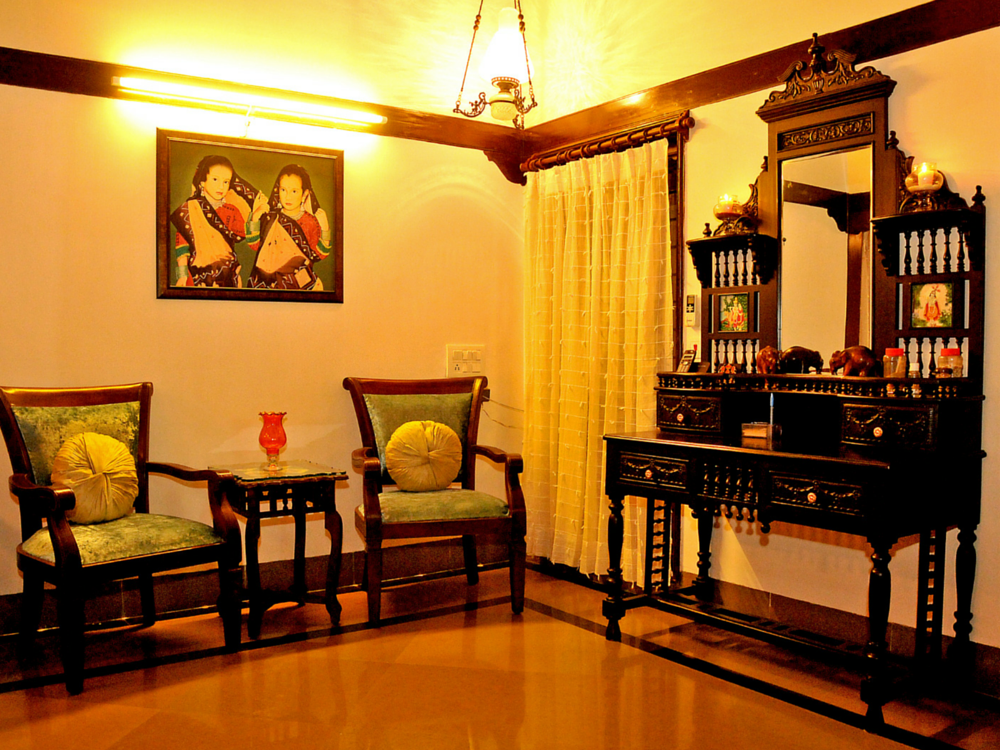











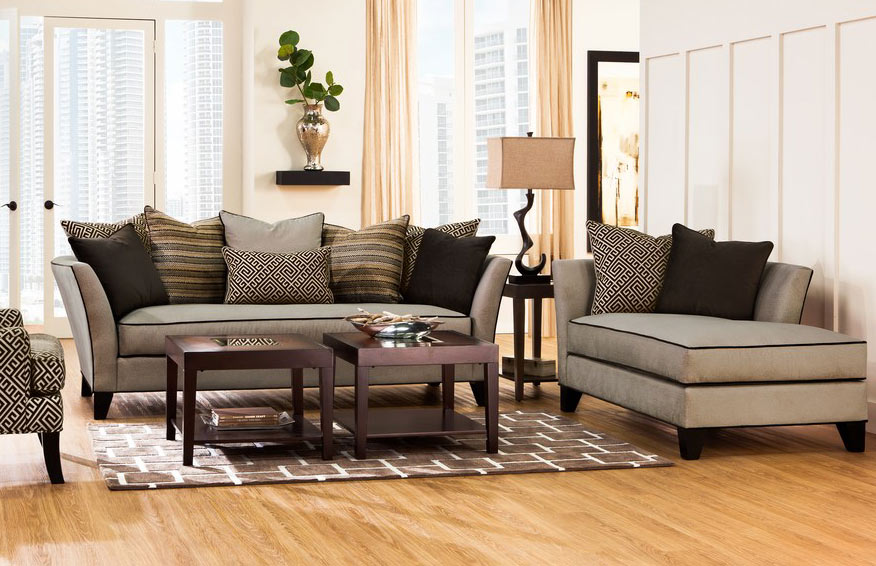

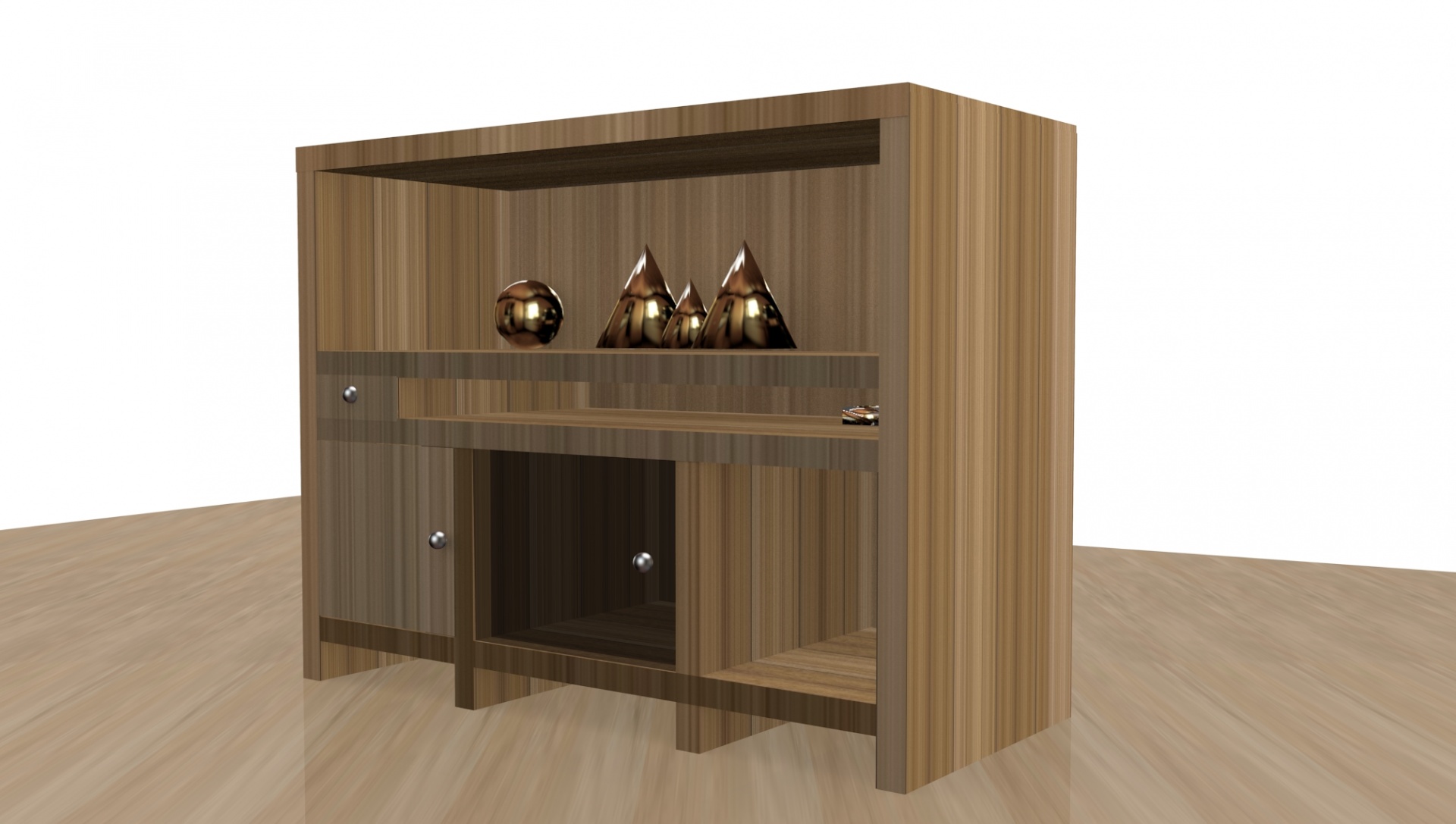
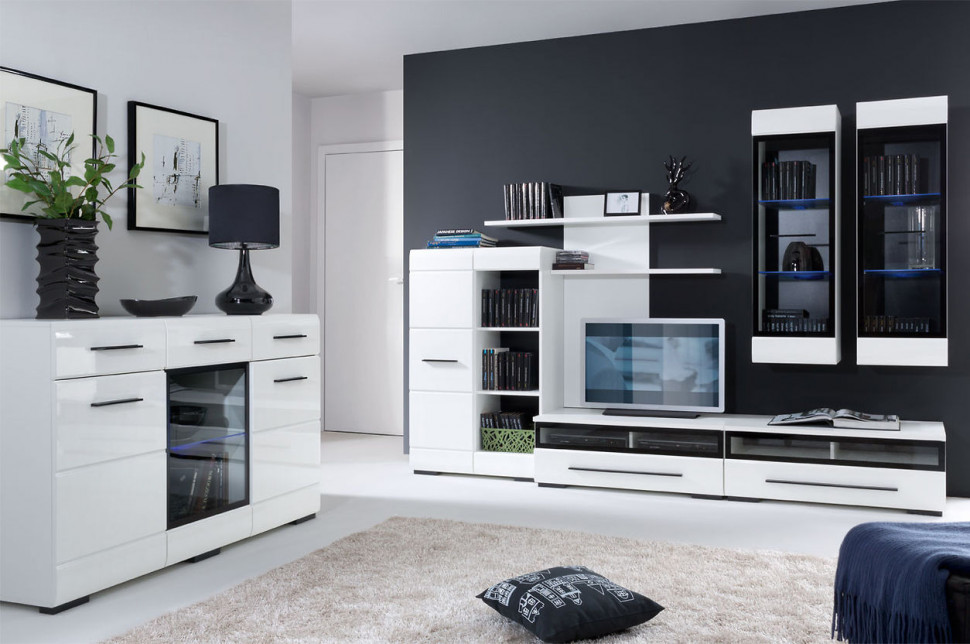
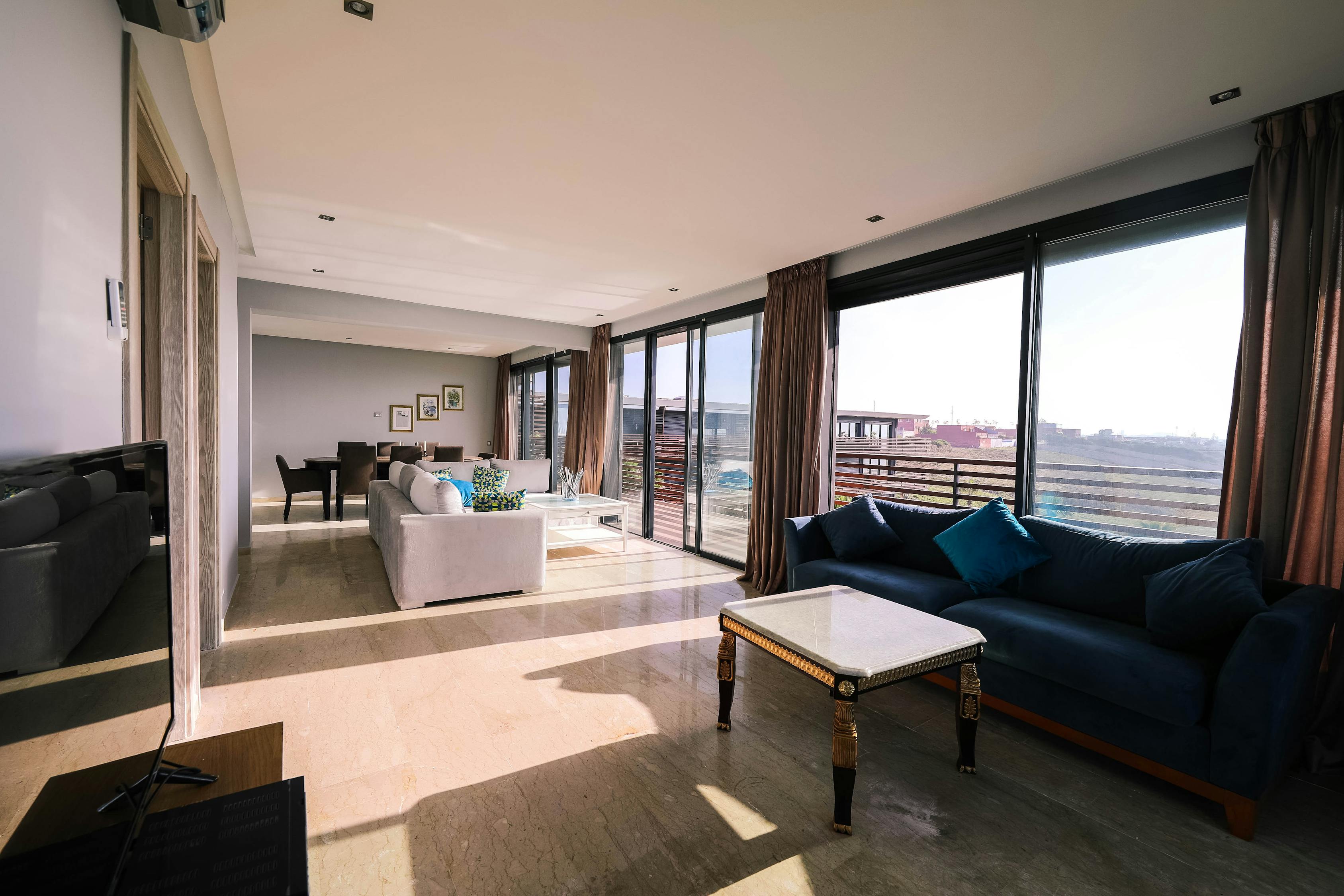











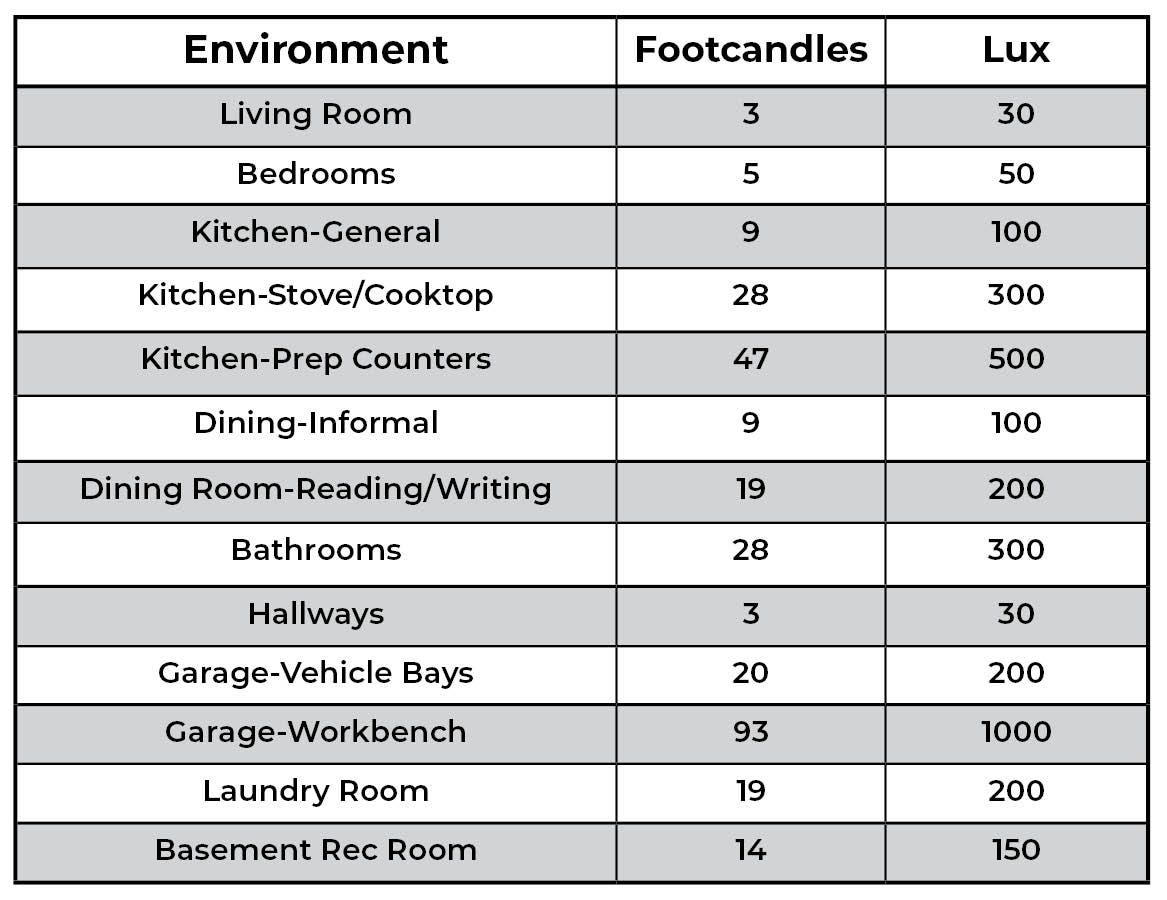
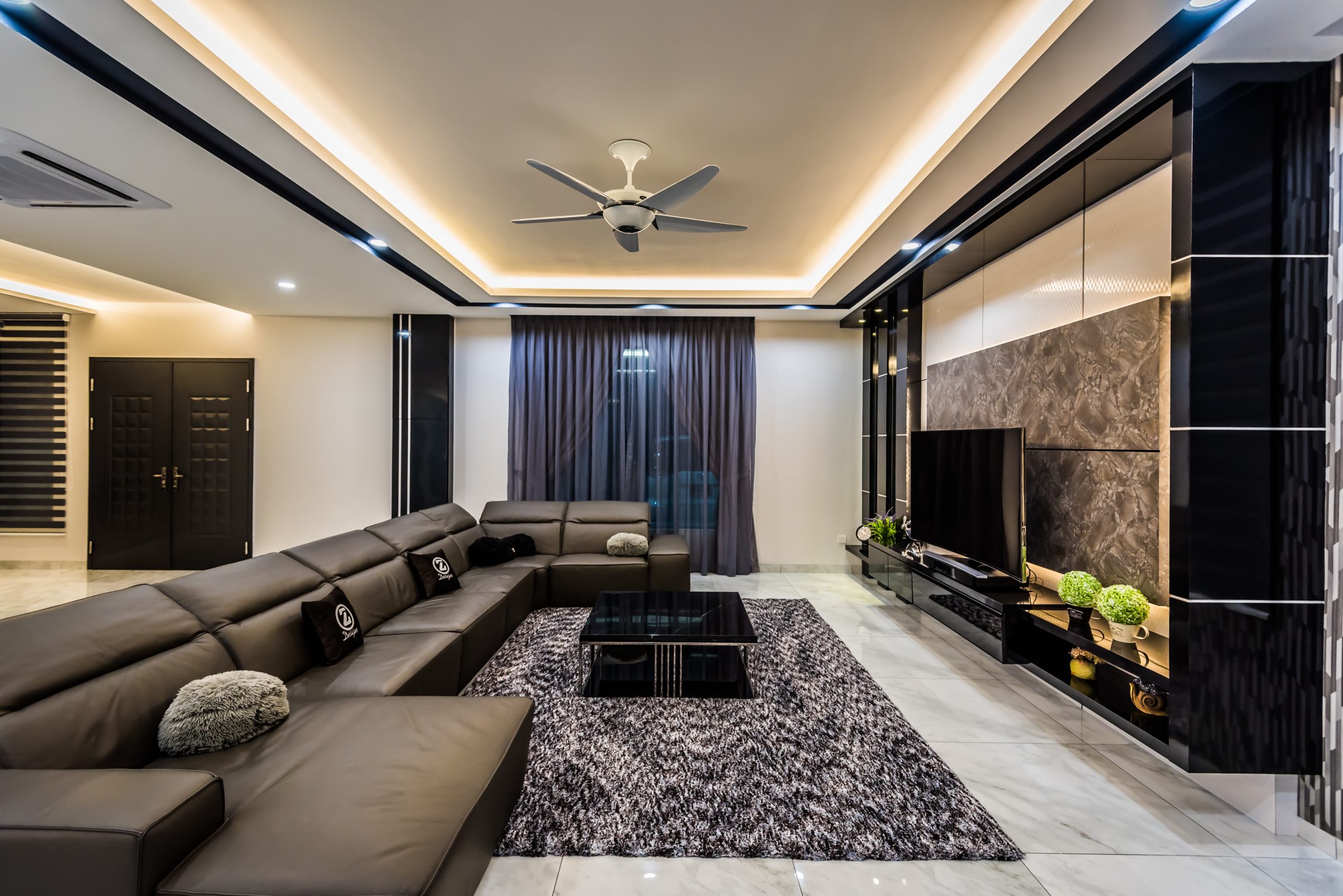












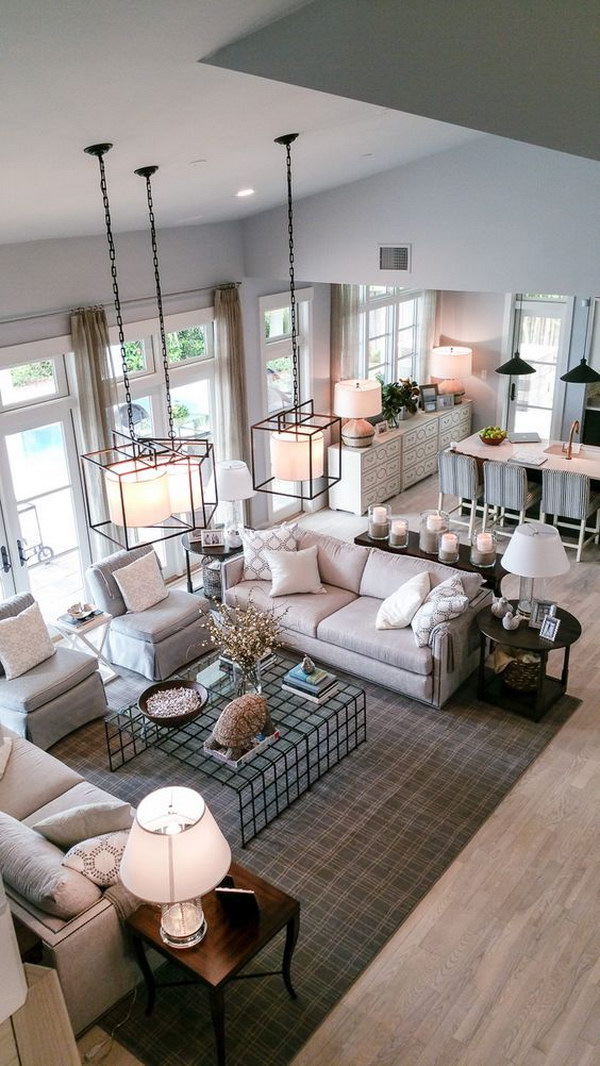

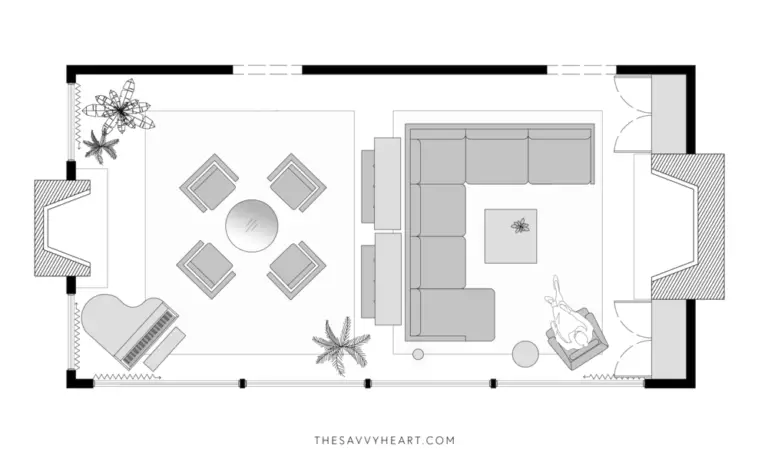
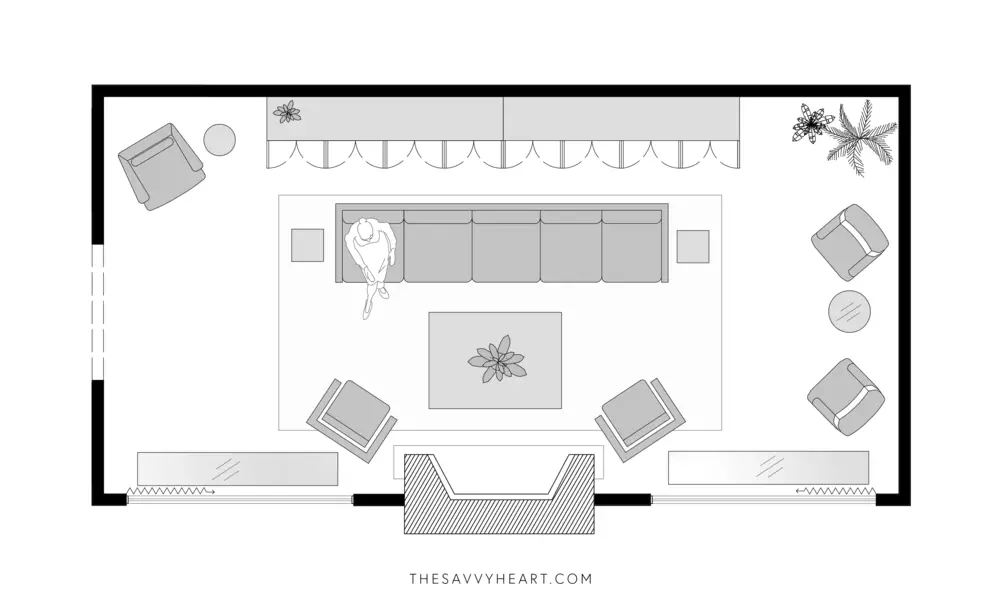

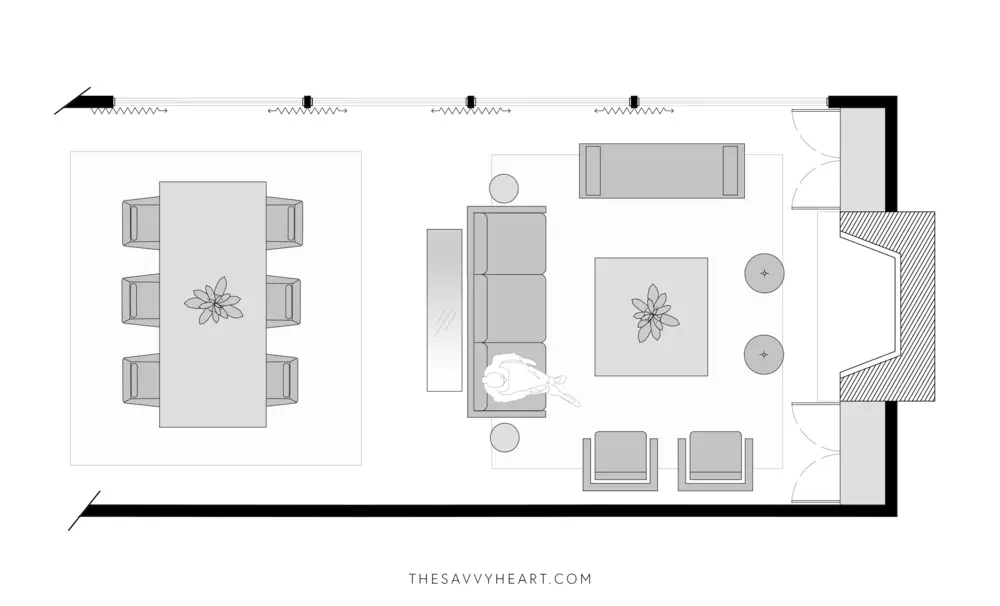
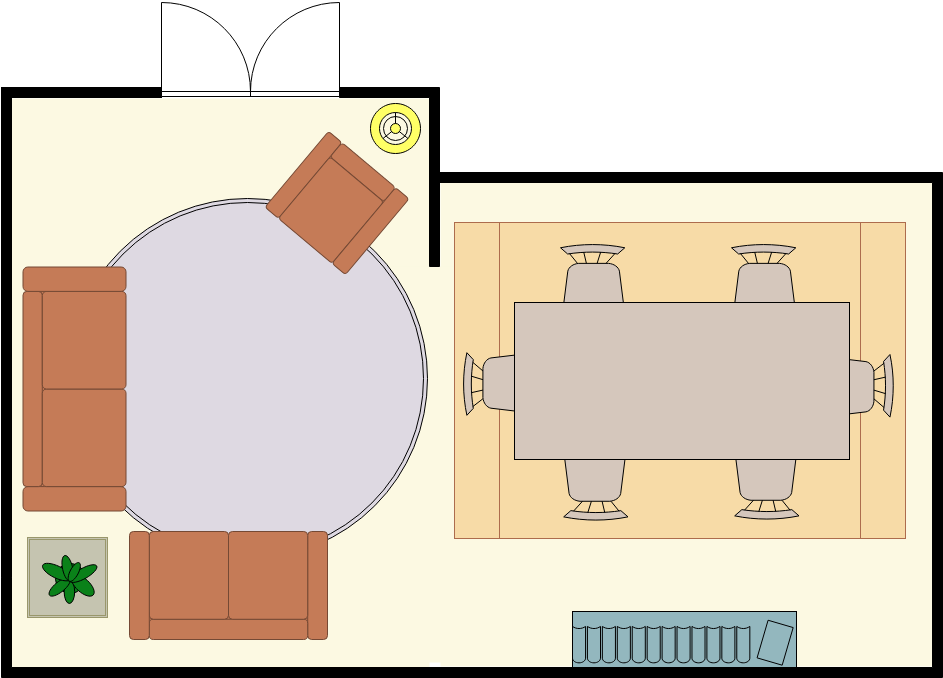



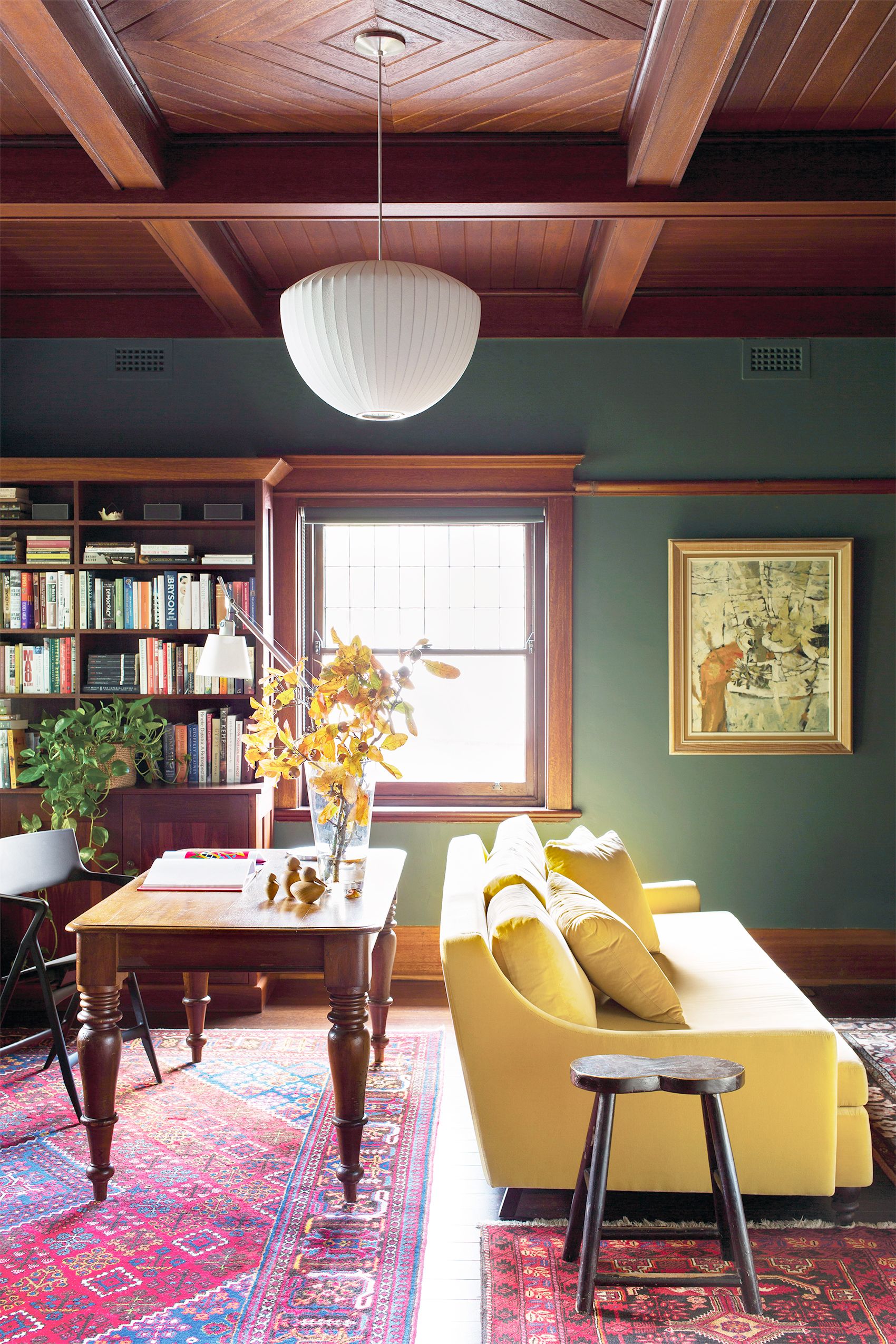
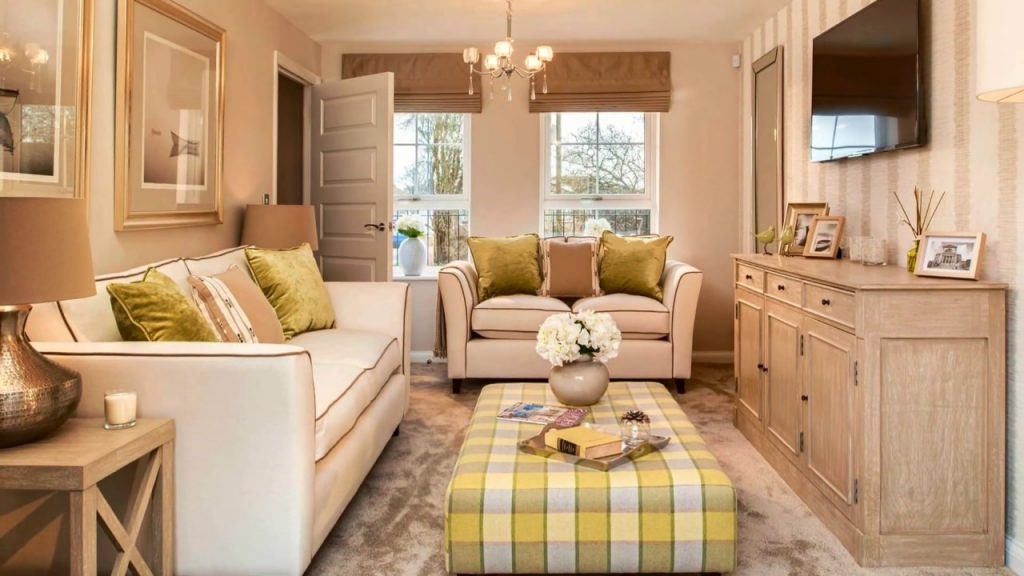


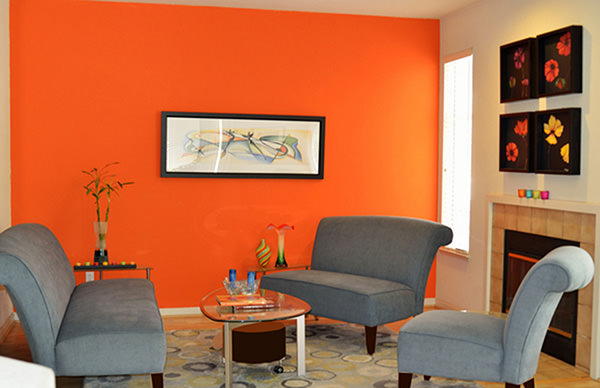





/169789002-58a723d63df78c345b930ec6.jpg)
